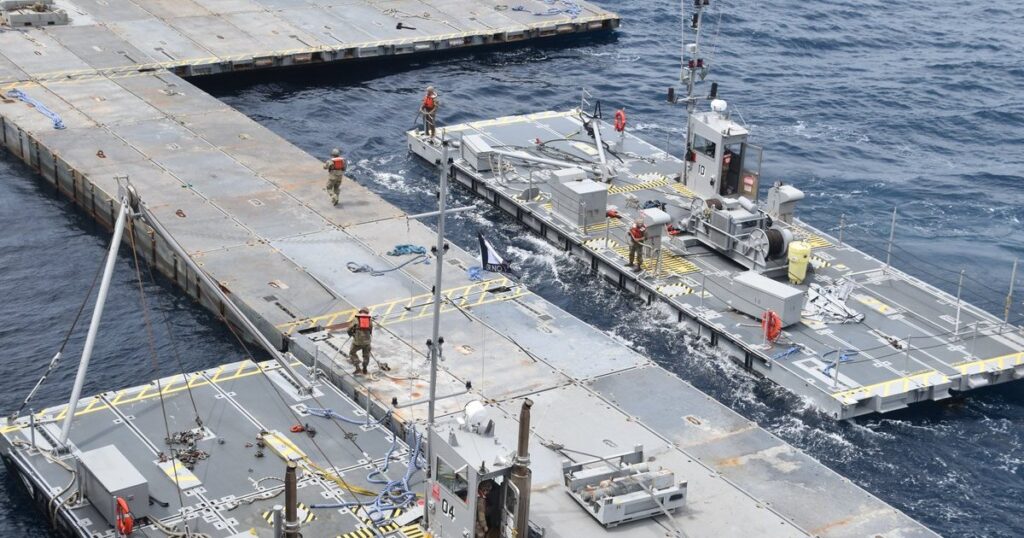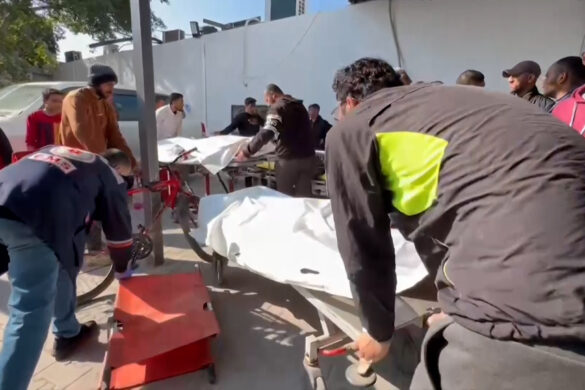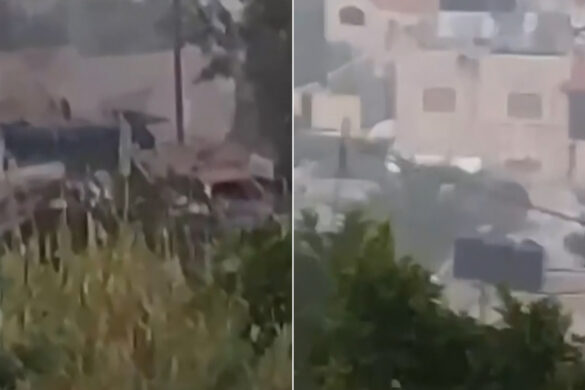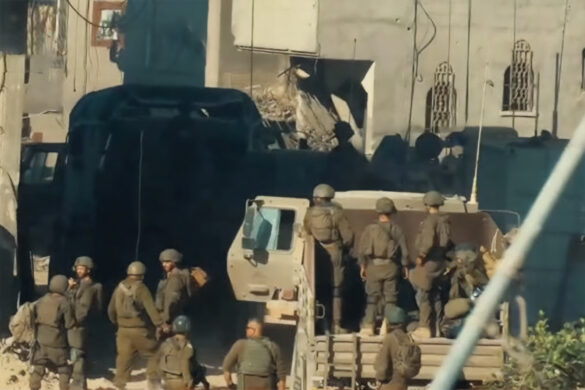The Swiss newspaper Le Tan said that the expensive and complex new Gaza floating port, which hundreds of American soldiers are working hard to complete, and which is supposed to allow emergency aid to be delivered to two million residents, raises fears of additional Israeli control over the devastated Strip.
The newspaper explained – in a report written by Louie Lima – that American military officials said that it would only take a few days before the new port, which was built from scratch at the request of US President Joe Biden, would become “ready for work.”
The writer asked, “Is it time to accomplish major actions in Gaza?” Pointing out that the initial cost of the port project, which is supposed to be temporary, was estimated by the United States at $320 million.
The writer stated that the Israeli army leveled about 28 hectares to the ground, and bulldozed the affected residential areas to allow work and provide the necessary materials to build the port.
However, according to Lima, Palestinians indicated the possibility of human remains mixed with the bridge over which humanitarian aid will pass, as the Palestinian Ministry of Health estimates that about 10,000 bodies are still buried under the rubble of destroyed homes in various parts of the Gaza Strip.
Occupying force
American military officials confirmed that the United States will not send forces on the ground during or after the work, and therefore the Israeli army must ensure the security of the facilities, although there is an “integrated cell” between the Israeli and American armies to coordinate operations.
For its part, the Islamic Resistance Movement (Hamas) rejected this cooperation – according to the newspaper – and a prominent member confirmed its opposition to any non-Palestinian presence in Gaza, “whether at sea or on land,” considering it an “occupying force.”
However, the American forces continue to assemble a huge floating platform about 10 kilometers from the coast. The Israelis are supposed to inspect all the goods arriving to it before shipping them from Cyprus. After arrival, a fleet of small ships transport the aid to the new port, and from there it is transported on trucks. .
However, carrying out such work – according to the newspaper – raises enormous doubts on the part of humanitarian organizations, especially since the amount of aid that is able to enter Gaza has been increasing for several weeks through the Rafah and Kerem Shalom crossings in the south, in addition to the Erez-Beit Hanoun crossing, which is used by convoys. Since Wednesday, humanitarian workers have been denouncing the large number of convoys that the Israelis are currently refusing to allow entry.
The head of humanitarian affairs at the United Nations, Martin Griffiths, expressed the possibility of a link between the opening of this sea corridor and the Israeli military attack that Israel announced on Rafah in the southern Gaza Strip, where one and a half million Palestinians now reside.
Netzarim Pass
Some – according to the newspaper – go further, because the new port under construction is located at the end of what the Israeli army called the “Netzarim Corridor,” which divides the Gaza Strip into two parts, and the surrounding areas have been “cleared” in order to leave free passage for armored vehicles. And allowing military maneuvers.
Lex Tackenberg, a former official at the United Nations Relief and Works Agency for Refugees (UNRWA), pointed out that “under normal circumstances, if the purpose of this new port were purely humanitarian, the United Nations would have been left responsible for its management, including its security,” but under the pretext of securing this American facility, Israel would build a military base that would complement the Netzarim Corridor system.




